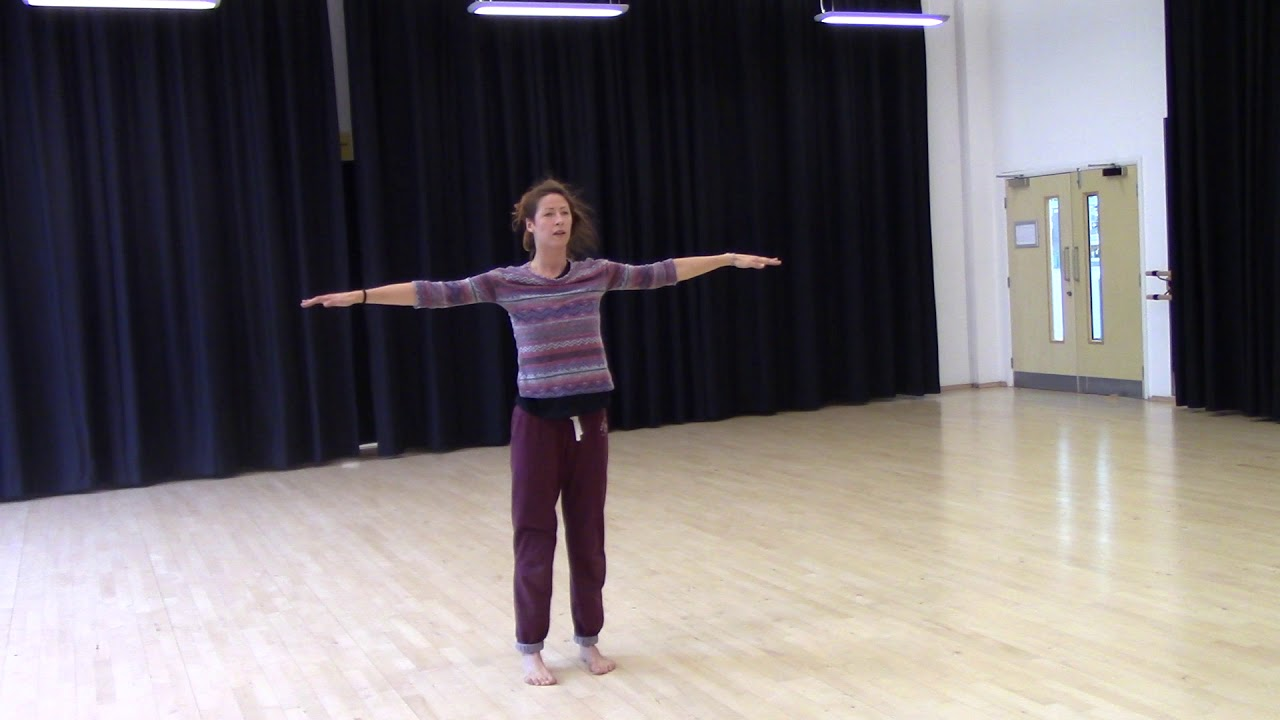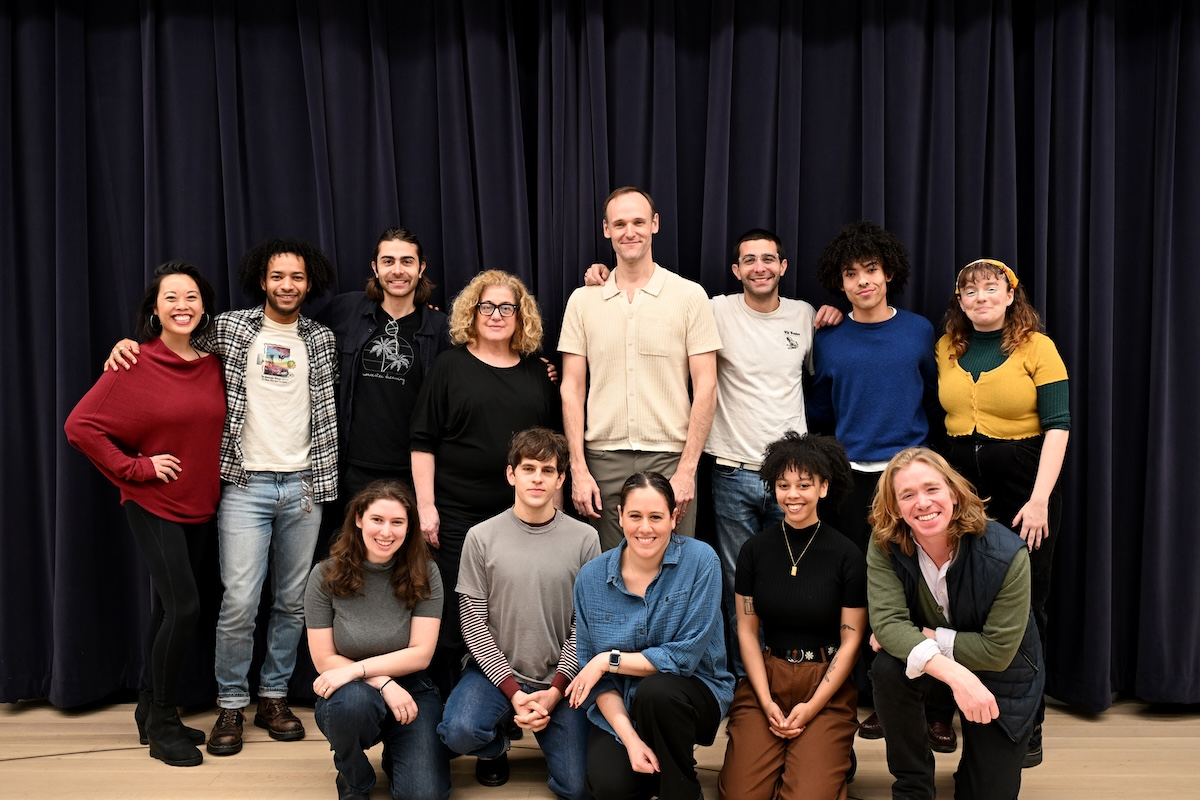Dance release techniques are a powerful means of unlocking emotional freedom and self-expression through movement. These practices encourage dancers to break free from their mental constraints, allowing the body to communicate multilayered emotions and stories. By embracing dance for emotional release, individuals can tap into their inner selves, discovering a deeper connection to their movements. Whether you’re seeking dance tips for freedom or exploring spiritual dance practices, the journey is about finding your unique style and dancing like no one is watching. Liberating your dance can ultimately lead to a transformative experience, enriching your life within and beyond the studio.
When we delve into the world of expressive movement, often termed as fluid dance practices or cathartic movement, we find that the essence is the same: liberation and emotional release. These approaches, including the exploration of how to dance freely and the importance of letting go, are essential for anyone eager to experience the full spectrum of their emotions through physical expression. Engaging in this type of dancing helps to cultivate a deeper awareness of oneself and one’s place in the world. The act of embracing movement with abandon gives rise to personal revelation, often referred to in various cultures as a spiritual journey or a dance of the soul. This connectivity allows dancers to transcend their limitations, leading to joy and peace.
Embracing Dance for Emotional Release
Dance serves as a powerful outlet for emotional release, allowing individuals to express feelings that may be difficult to articulate through words. Engaging in dance can lead to a cathartic experience, where emotions are released through movement. This is particularly true for those who feel confined by societal expectations or personal struggles. In these moments, the act of dancing not only releases stored emotions but also cultivates a sense of freedom and personal narrative. This aligns with spiritual dance practices, where the dancer utilizes rhythm and movement to connect with deeper emotional and spiritual layers.
For many, the journey of finding their dance style can be a pivotal part of this emotional exploration. Whether it’s contemporary, hip-hop, or traditional dance forms, these varied expressions allow one to discover their true self. Embracing methods such as improvisation and freestyle dance invites individuals to let go of their logical constraints and simply move to the music. The liberation that comes from dancing freely can be an enlightening experience, enabling dancers to navigate their emotional landscapes and find solace in their natural rhythm.
Dance Release Techniques for Personal Growth
Utilizing dance release techniques can be transformative for personal growth. These techniques encourage individuals to engage physically with their emotions, facilitating a deeper connection to one’s inner self. Choreographers and dance instructors often emphasize the importance of letting go of self-judgment, prompting dancers to move without fear. This creates a safe space where individuals can explore their body’s natural impulses. For those seeking freedom from the constraints of their everyday lives, dance becomes a therapeutic modality, allowing for emotional release and renewal.
Incorporating elements of spiritual dance practices into these release techniques can further enhance the experience. For example, moving in sync with a heart-pounding beat, or even dancing in a circle with others can amplify the feelings of connection and release within a group setting. This communal aspect not only fosters trust and vulnerability but can also lead to a collective emotional release. By leveraging these techniques, dancers can break through blocks that inhibit their movement and expression, embracing a journey toward emotional healing and self-discovery.
Finding Your Dance Style: A Journey to Freedom
Finding your dance style is a crucial step towards experiencing the joy of movement. Everyone has a unique rhythm and set of preferences that resonate with their personal expression. This journey may involve trying various styles, from ballet and jazz to more eclectic forms like street dance and folk. What is essential is not merely adopting a style but discovering how these forms allow for freedom in expression. Each dance offers distinct ways to convey emotions, making it a deeply personal and transformative journey.
Additionally, ‘how to dance freely’ often requires breaking away from traditional constraints and allowing oneself to explore movements that feel natural. This can mean letting go of perfectionism—where the input from the logical mind often restricts creativity. Exploring different dance styles encourages flexibility and openness, which ultimately reveals one’s authentic self. As you practice and embark on this journey, the exploration becomes a dance of self-discovery, leading you to weave your unique narrative into every step.
Spiritual Dance Practices: Connecting Body and Soul
Spiritual dance practices serve as a bridge between the physical body and emotional release, often tapping into profound aspects of the human experience. These practices—like those of djine foly from Mali—preach the art of surrender, allowing dancers to transcend their logical inhibitions and connect with their spiritual self. Here, the body moves in response to inner rhythms and spiritual cues, creating a meditative state that is both liberating and fulfilling. As the dancer veers into trance-like states, they experience a genuine emotional release, resulting in pure joy and connectivity.
In essence, participating in spiritual dance not only opens avenues for expression but fosters a deeper understanding of oneself. It allows for the release of emotional traumas and helps reclaim one’s narrative through movement. Those engaged in these practices often describe an overwhelming sense of freedom and release that can only be attained when the dancer aligns their body with their spirit. As a result, participants emerge renewed, often expressing a newfound confidence in their ability to dance through life, embracing every experience.
How to Dance Freely Without Constraints
Learning to dance freely is about more than just moving your body; it’s about releasing the fear of judgment and opening oneself up to pure expression. When we approach dance with the mindset that ‘ain’t nobody concerned if you look good,’ we create opportunity for joy and authenticity. Letting go of preconceived notions about what dance should look like allows our bodies to move in ways that feel natural. This is the essence of free dance, where the body becomes an instrument of expression, unrestrained by societal norms.
Practicing dance without constraints also encourages individuals to experiment with sound and style. Dance is a highly personal experience, and each person’s interpretation of freedom in movement will differ. By engaging with various music genres or experimenting with improvisation, individuals are encouraged to discover and define their own dance philosophies. This journey towards dancing freely not only enhances one’s physical capabilities but also cultivates a rich personal connection with emotion, spirit, and movement.
The Power of Community in Dance Practices
Dance is often enriched by the community aspect, bringing individuals together to share in the experience of freedom and expression. Engaging with others in dance creates a supportive environment where individuals feel encouraged to explore their emotions and styles. From group classes to dance circles, the community aspect fosters a collective atmosphere in which emotional release is enhanced. Participation in communal dance practices allows for shared experiences, laughter, and support, often deepening connections to both oneself and others.
Furthermore, communal dance spaces can facilitate a profound sense of belonging, which is essential for emotional well-being. As each dancer contributes their unique movements, a tapestry of expression unfolds, reinforcing the narrative that every individual’s story matters. Whether through formal dance settings or informal gatherings, the power of community in dance practices serves as a powerful reminder of the importance of connection and collaboration in our journeys towards emotional liberation.
Integrating Dance Into Daily Life for Freedom
Integrating dance into daily life can transform mundane routines into opportunities for emotional release and joy. Simple practices such as dancing while cooking, stretching to music, or engaging in spontaneous dance breaks allow individuals to connect with their bodies throughout the day. This can greatly alleviate stress and foster a sense of liberation. When dance becomes a part of your everyday life, it also allows for continual exploration of your dance style, helping you refine your movements and enhancing your overall emotional well-being.
Moreover, these small moments of dance can serve as a reminder to find joy in the little things. The rich tapestry of experiences we encounter daily provides ample opportunity to choose movement as a response, cultivating a habit of freedom and self-expression. Integrating these practices, individuals effectively make room for emotional release, thereby enriching their sense of identity and enhancing their overall quality of life.
Dance as a Form of Self-Expression
At its core, dance is a profound form of self-expression that transcends language, allowing individuals to communicate their innermost feelings. Each move, whether spontaneous or choreographed, tells a story and reflects personal experiences. By embracing dance as a means of expression, individuals can unlock creativity that may be stifled by everyday constraints. This exploration facilitates emotional release and invites authenticity into their lives, encouraging them to move in a way that truly represents who they are.
Moreover, dance offers a versatile platform for individuals to explore varied emotional states, from joy and excitement to healing and catharsis. Recognizing the role of dance in emotional expression allows individuals to connect with their authentic selves, shedding layers of societal expectations. As they embrace their unique movements, they find liberation—not only within their dance practice but in all aspects of life. This sense of freedom emulsifies the spirit, enabling individuals to navigate their emotions with grace and confidence.
The Joy of Dance: A Path to Freedom
The joy of dance is a wonderful pathway to freedom, allowing individuals to feel liberated in body and spirit. Engaging in dance provides an opportunity to explore one’s feelings through movement, creating a deep connection between the dancer and their emotions. The exhilaration experienced while dancing, particularly in a supportive environment, can propel individuals to break free from inhibitions and relish the pure joy of being alive. Celebrating dance as a joyful practice is an essential aspect of learning how to navigate emotional landscapes.
In celebration of this joy, tapping into various dance forms can also reinvigorate a sense of playfulness and freedom. Each style, from joyous salsa rhythms to the expressive nature of contemporary dance, creates spaces for individuals to discover what ignites their spirit. By prioritizing joy in dance, individuals encourage a profound emotional shift—transforming movement into a celebration of life itself. Dance becomes less about perfection and more about connection, both with oneself and the larger world.
Frequently Asked Questions
What are some effective dance release techniques for emotional freedom?
Dance release techniques for emotional freedom involve movements that allow for spontaneous expression and emotional release. These techniques can include improvisation, where dancers move freely without a set choreography, and guided practices focusing on breath and body awareness to facilitate a natural flow of emotions.
How can spiritual dance practices help with emotional release?
Spiritual dance practices, such as Sufi whirling or traditional African dance, often emphasize the connection between body and spirit. By engaging in these practices, participants can experience profound emotional release, tapping into a trance-like state that promotes healing and self-discovery.
What dance tips can help me find my unique dance style?
To find your unique dance style, explore various forms of dance and observe how they resonate with your emotions. Try incorporating your personal experiences and feelings into your movements, allowing for a blend of technical skills and authentic expression. This approach often leads to a distinct style that reflects who you are.
How does dance for emotional release differ from traditional dance styles?
Dance for emotional release focuses on expressing feelings and freeing the body from emotional tension, rather than achieving technical perfection. Unlike traditional dance styles that often have strict forms and techniques, dance for emotional release encourages spontaneity, exploration, and connection to one’s inner self.
What is the significance of finding freedom in dance?
Finding freedom in dance is significant as it allows dancers to express themselves authentically, break free from societal judgments, and connect deeply with their emotions. This sense of freedom nurtures creativity and fosters a cathartic experience, making dance a powerful tool for self-expression and emotional healing.
Can dance release techniques improve my mental health?
Yes, engaging in dance release techniques can significantly improve mental health. These practices promote physical movement, which releases endorphins, reduces stress, and fosters a sense of community. Additionally, the expressive nature of dance helps individuals process emotions and enhance overall well-being.
What are some common barriers to dancing freely, and how can I overcome them?
Common barriers to dancing freely include fear of judgment, lack of confidence, and internalized pressure to perform perfectly. To overcome these barriers, embrace a mindset of freedom and playfulness; attend dance classes that encourage exploration and emotional expression, and remind yourself that the joy of dance often lies in the experience rather than the outcome.
How can I use dance as a form of meditation for emotional release?
To use dance as a form of meditation, create an environment where you feel safe to express yourself. Focus on your breath and allow your body to move instinctively, letting go of inhibitions. This mindful movement can help you enter a meditative state, facilitating deeper emotional release and self-awareness during the process.
What role does improvisation play in dance release techniques?
Improvisation is central to dance release techniques as it encourages spontaneity and authentic movement. By letting go of pre-set choreography and allowing the body to move naturally, dancers can tap into their emotions and release pent-up feelings, leading to transformative and cathartic experiences.
| Key Points | Details |
|---|---|
| Dance Release Techniques | Emphasizes healing through letting go and expressing oneself freely. |
| Visibility in Dance | Dance is a medium for expression where the dancer’s narrative is shared with the audience. |
| Trance State | Practices like djine foly in Mali demonstrate accessing deeper emotions during dance. |
| Emotional Release | The importance of vocal expression and abandonment in achieving a connection with one’s body. |
| Spirituality in Dance | Dance techniques often invoke spiritual feelings, enhancing emotional experience and connection. |
Summary
Dance release techniques play a vital role in how individuals express their emotions and connect with their bodies. These techniques focus on liberating one’s spirit through movement, allowing dancers to convey personal narratives that resonate with audiences. Notably, practices like the Malian djine foly show how dance can facilitate profound emotional experiences, making it clear that letting go and embracing one’s true self is essential for meaningful expression. When we dance, it’s an invitation to experience joy, spirituality, and the cathartic journey of self-discovery.



MOST COMMENTED
Culture News
Katie Kitamura: Exploring Horror in Midlife Fiction
Culture News
Canine Empathy Research: Insights from Harvard Experts
Culture News
Introductory Humanities Courses: Engaging First-Year Students
Culture News
Canine Research: Exploring the Human-Dog Connection
Culture News
Introductory Humanities Courses Engaging First-Year Students
Culture News
Afro-Cuban Music: Yosvany Terry’s Cultural Explorations
Culture News
Artificial Intelligence in Photojournalism: A New Hope